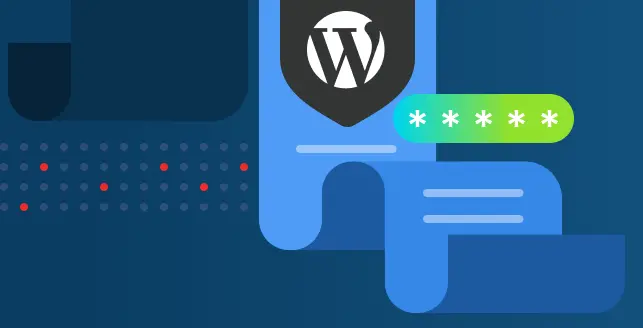
Two critical vulnerabilities—authentication bypass and stored cross-site scripting (XSS)—pose significant threats to data integrity, user privacy, and business operations.
Cross-site Scripting (XSS) is a client-side code injection attack where an attacker can execute malicious scripts into a website or web application. Stored Cross-Site Scripting affects the web applications that allow users to store data.
This action can potentially expose the users to this type of attack. This server allows unauthenticated remote attackers to conduct stored cross site scripting attacks due to improper validation of user supplied input with overly large comment text by the affected software.
On the other hand, authentication bypass occurs when an attacker is able to access parts of an application or system without proper credentials. This usually happens due to flaws in the authentication logic, insecure coding practices, or misconfigured access controls.
What are the impacts of authenticated bypass and stored cross-site scripting?
Understanding the potential damage these vulnerabilities can cause is crucial for prioritizing security efforts.
1. Unauthorized access to sensitive data?
Authentication bypass allows attackers to gain entry into user or admin areas without valid credentials. This opens the door to viewing, modifying, or deleting critical business and personal data.
2. User account hijacking
Stored XSS can be used to steal session cookies or credentials. Once the malicious script is executed in a legitimate user’s browser, attackers can hijack the session and impersonate the user.
3. Privilege escalation and full control
A bypassed login combined with a stored XSS payload can let attackers target privileged users (like admins), tricking them into executing scripts that escalate attacker access rights.
4. Data integrity loss
Attackers can inject or manipulate content through stored XSS, spreading misinformation or malicious scripts across user profiles, dashboards, or customer-facing content.
5. Malware propagation
Stored XSS enables attackers to inject scripts that automatically redirect users to malware-infected sites, download trojans, or initiate drive-by downloads without user interaction.
How can you prevent the impacts of authentication bypass and stored cross-site scripting?
To effectively defend against authentication bypass and stored cross-site scripting (XSS), it’s essential to implement both proactive and reactive security measures.
1. Apply security updates?
Regularly patch your systems, frameworks, and libraries to fix known vulnerabilities. Outdated software is a common entry point for both authentication bypass and XSS attacks.
2. Use Snort SID 34328
This Snort signature detects stored XSS payloads in traffic. Keeping Snort and its rule sets up-to-date helps identify malicious scripts before they impact users.
3. Deploy IDS/IPS
Intrusion detection/prevention systems monitor network traffic for suspicious activity. They can block unauthorized login attempts and XSS exploits in real time.
These layered defenses significantly reduce the risk of exploitation and strengthen your web application’s security posture.





